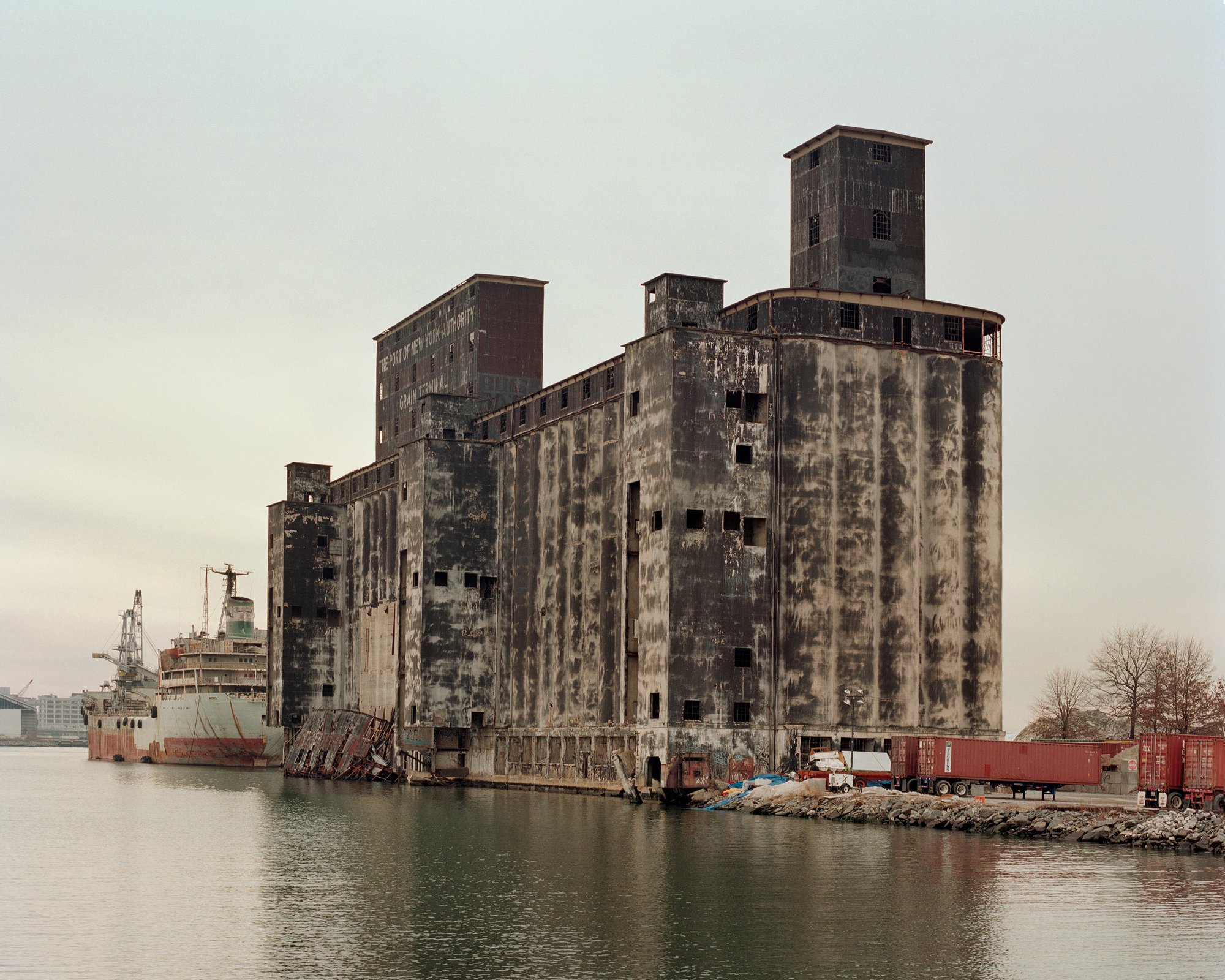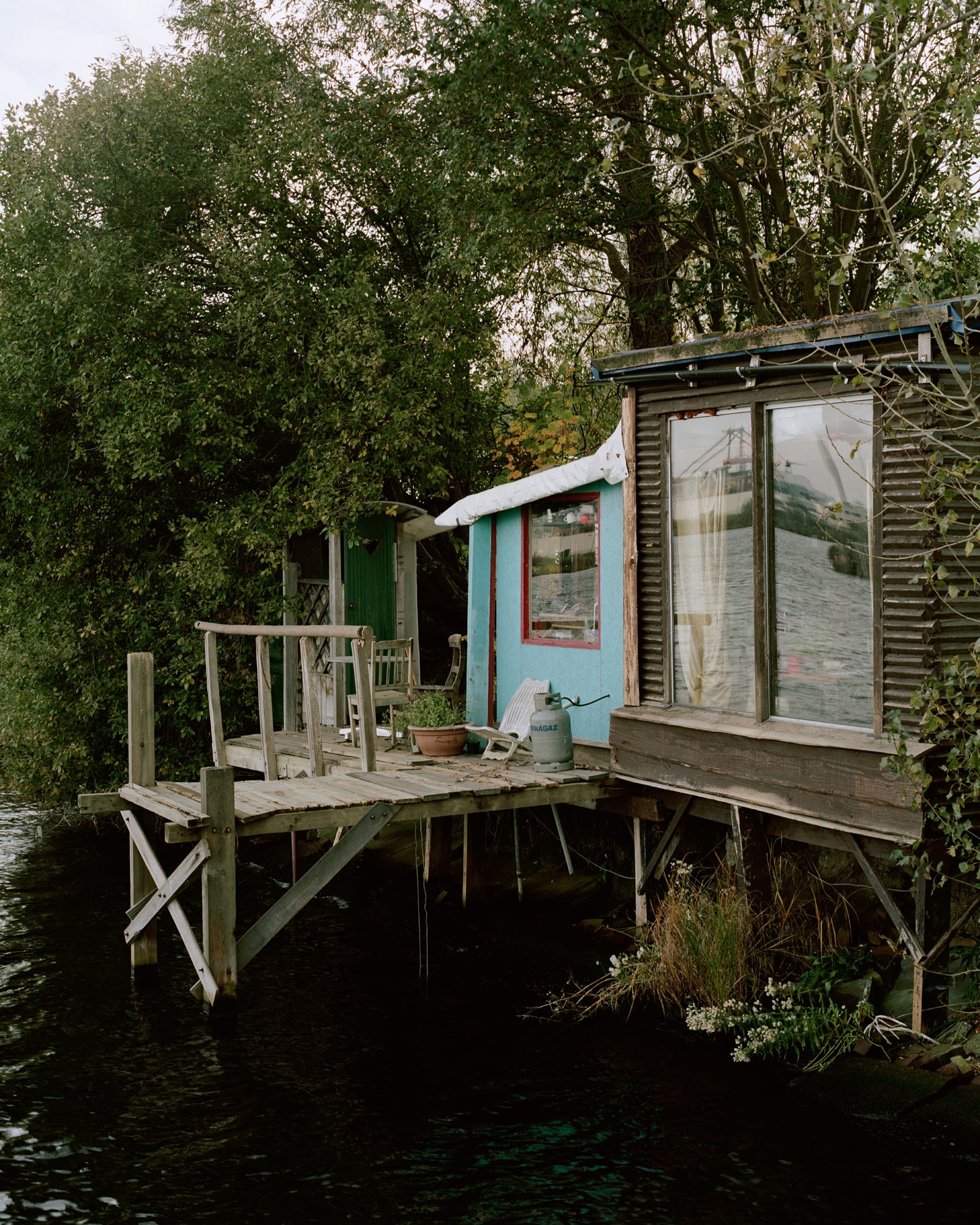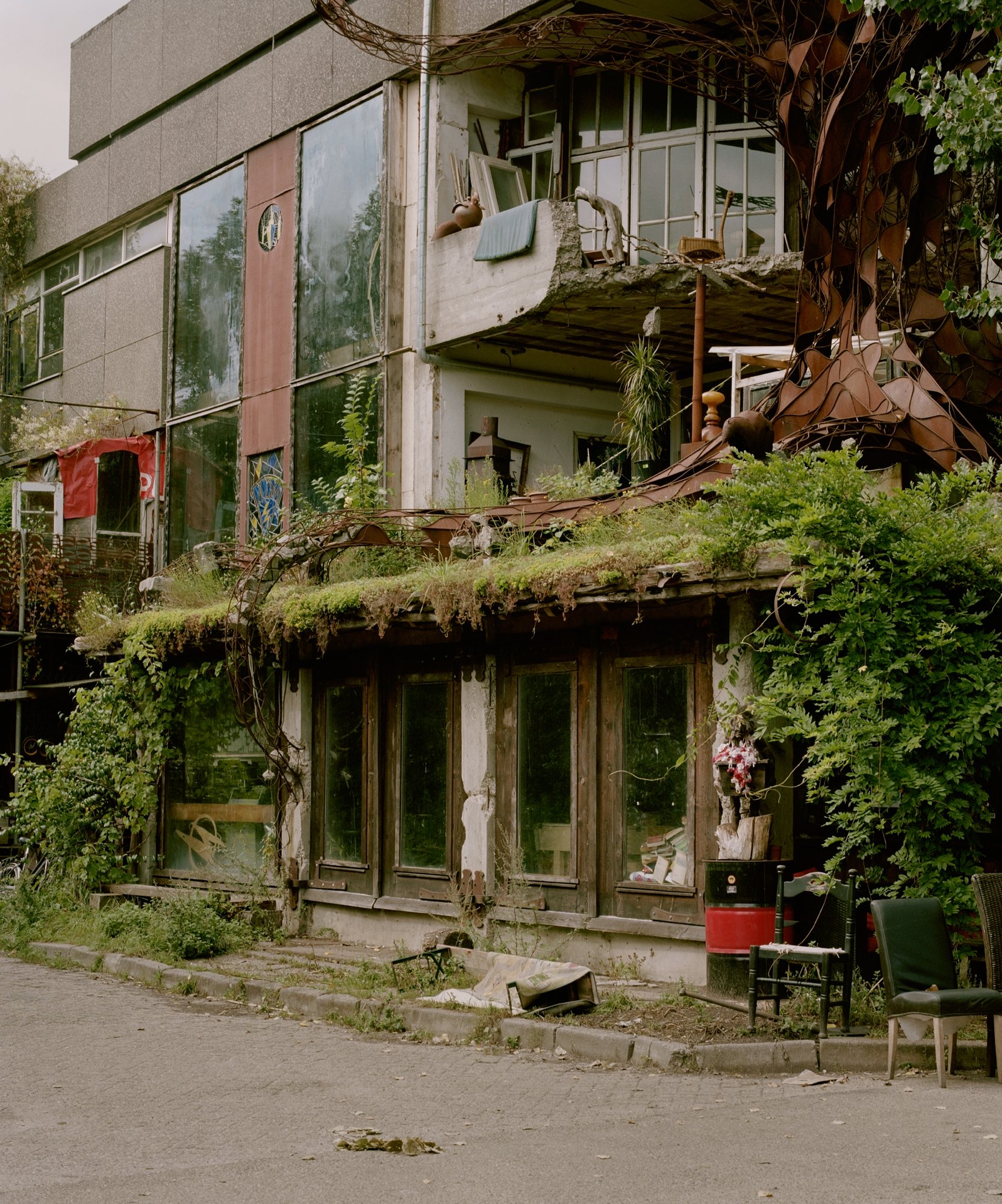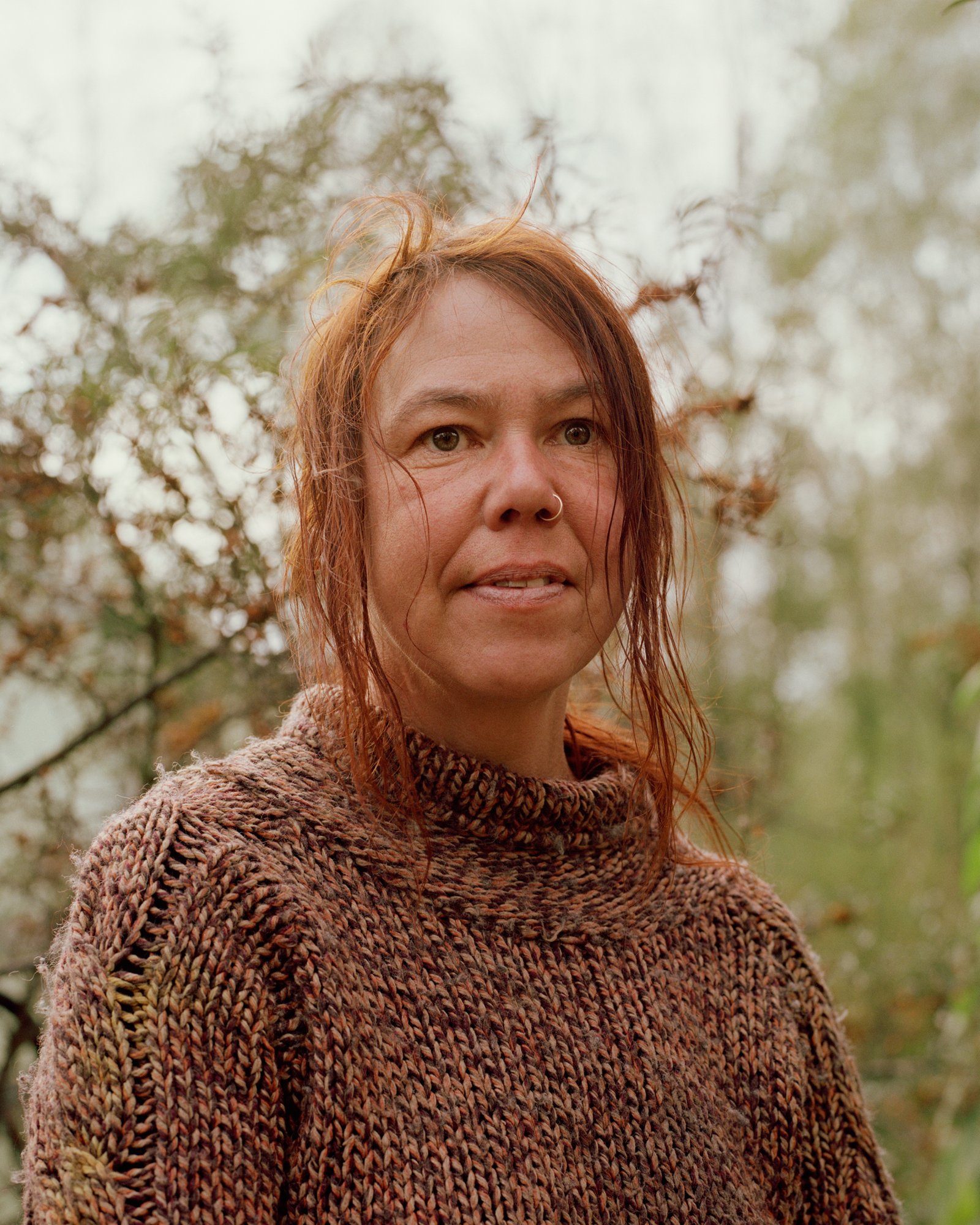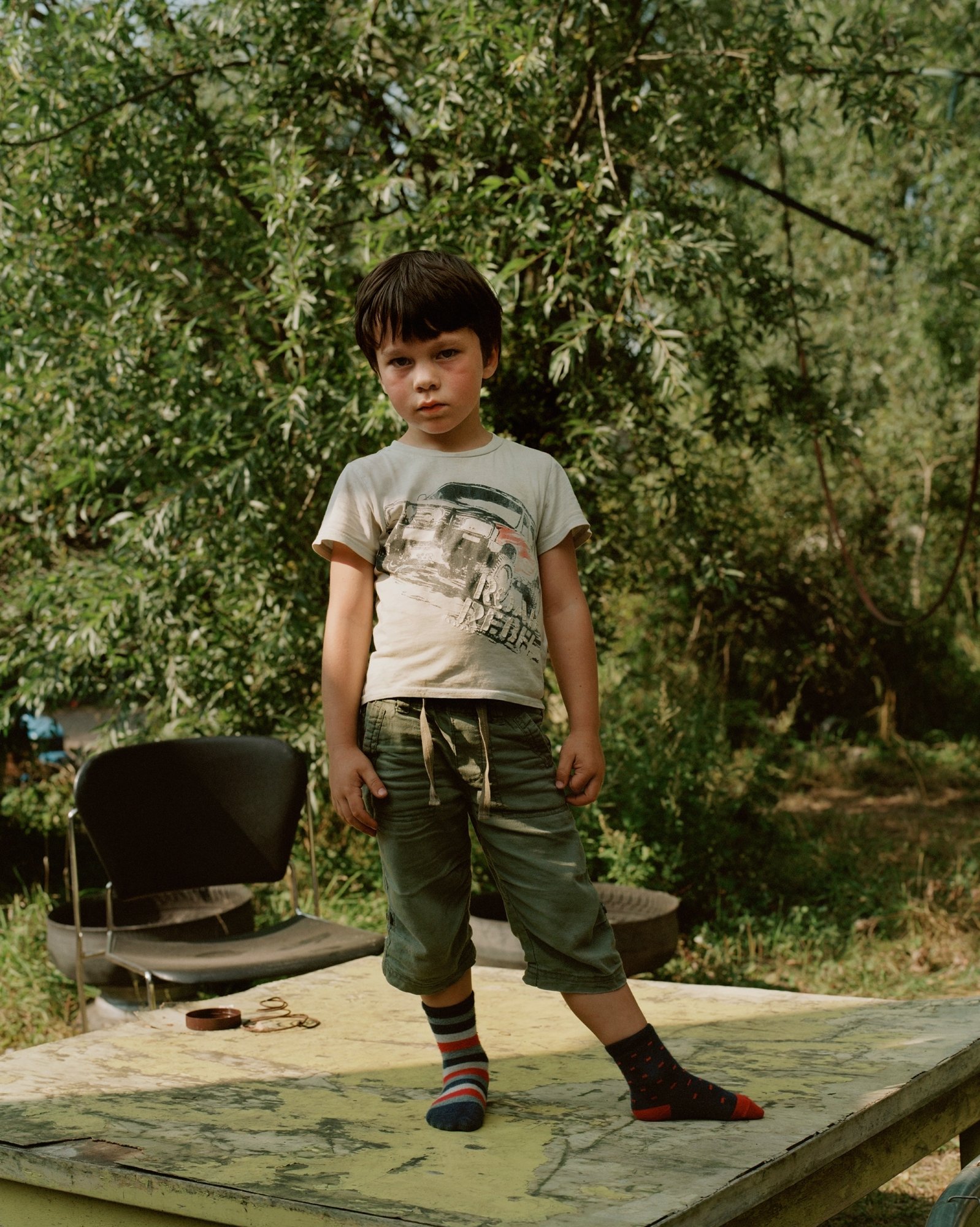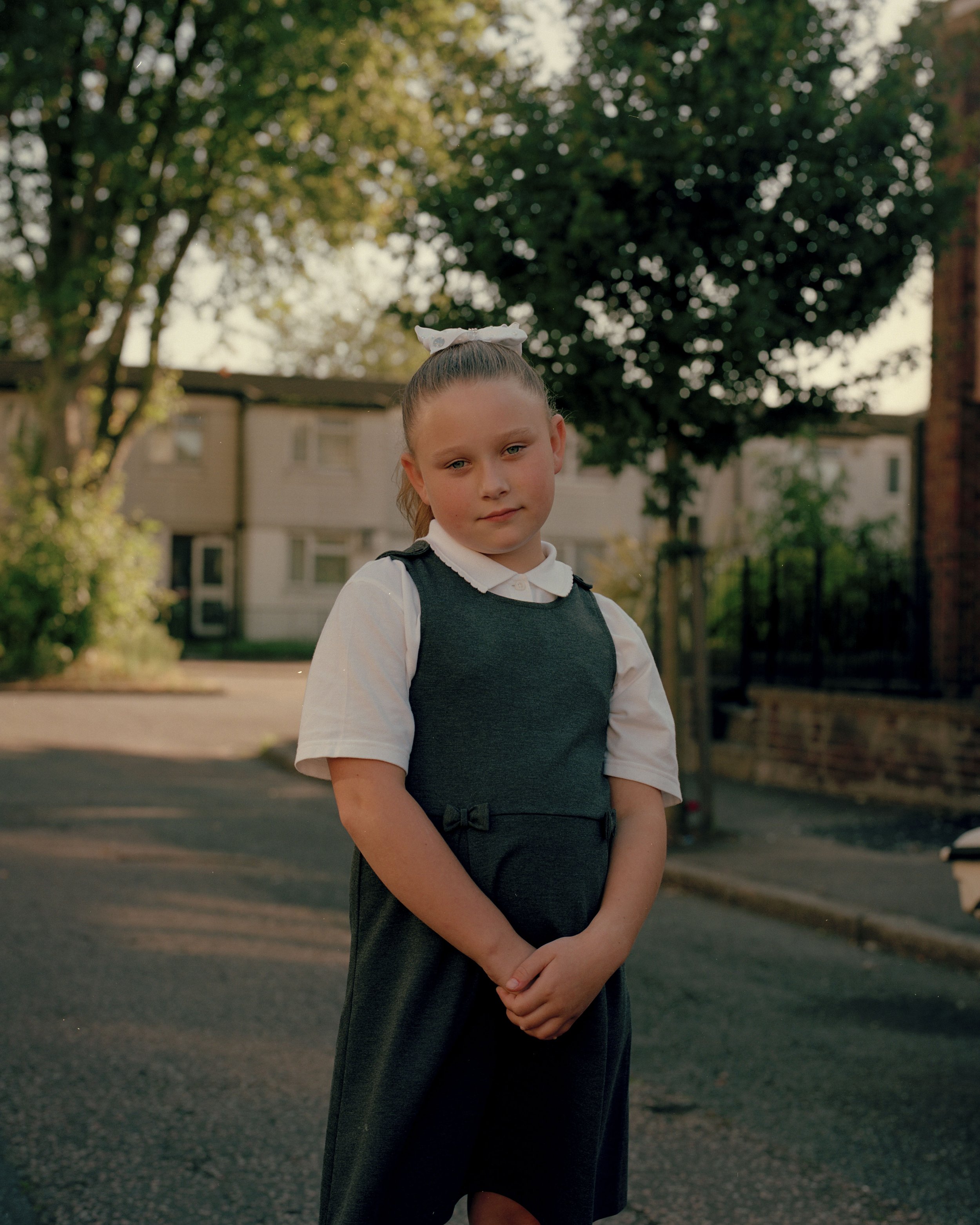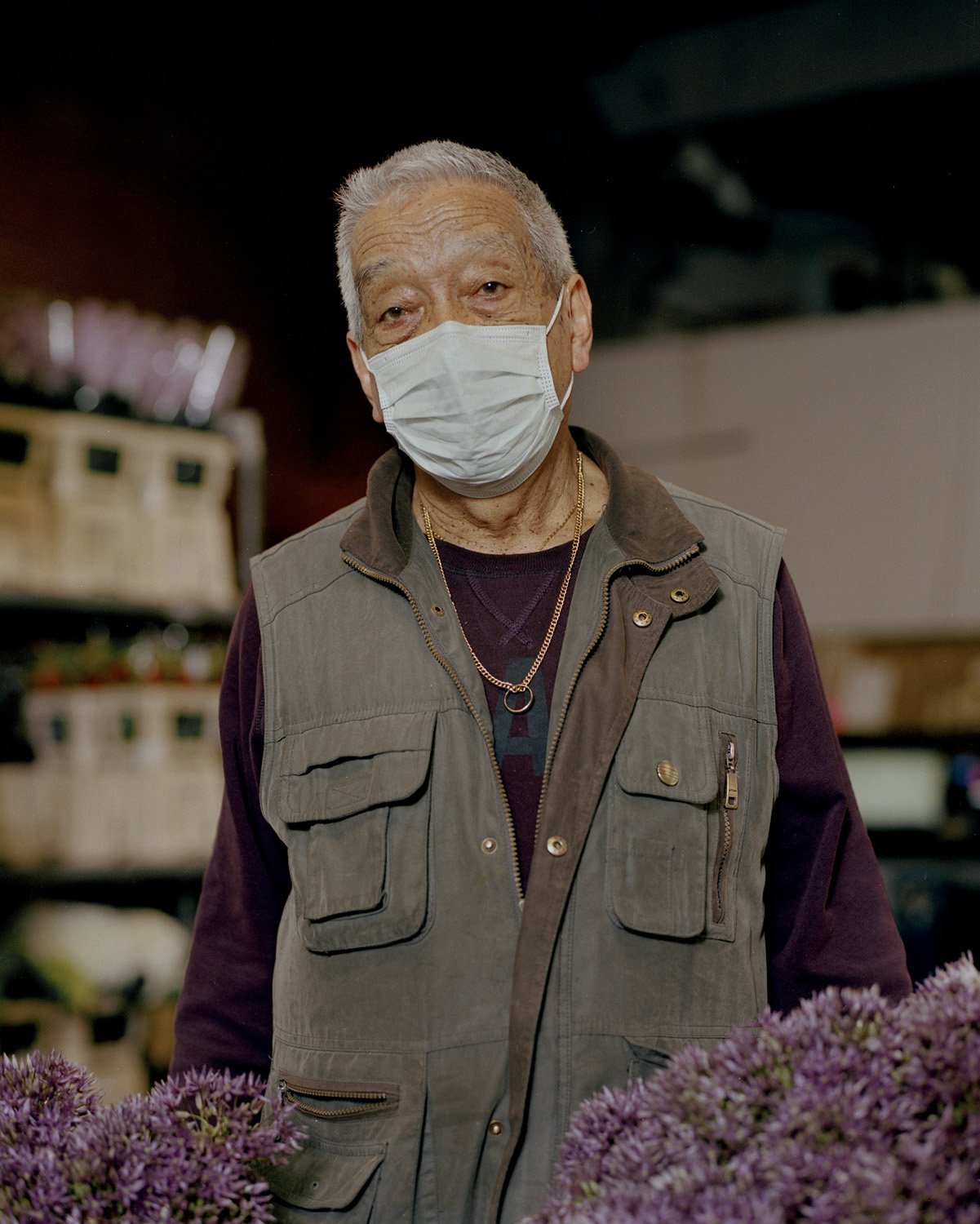Sem Langendijk
I started getting interested in photography at the age of 20, which is a little late perhaps compared to others. But I never had the ambition to be working in the field of art. My parents both went to art school, and somehow I had a different future in mind. My interest was in Architecture and city planning. But while I was traveling for a period of a year, I slowly started to doubt if I still wanted to be an architect. I enjoyed the freedom of packing up my things and go, and really felt like I needed to pursue a lifestyle that would fit with this longing for traveling and discovering the world. When I left Amsterdam, my grandfather had me pick a gift. It was either a watch, or a camera. I choose the latter. What started out as me just taking holiday pictures, became something more as I had trouble explaining people back home, where I was and what that was like. I started to use my photographs, to show them and somehow this felt more natural to me than explaining it in words. So after months of doing so, at some point I was in a cab in Indonesia, when the driver asked me, "what do you do here?" I lied and told him I was there on a job for National Geographic, to photograph a place. I wanted to hear myself say it out loud, and feel if I thought, this was believable.
I didn't enroll in my architecture studies later that year. I started to ask around if people could advise, how to pursue a life making pictures. Eventually I visited the KABK (Royal Academy of Art in The Hague), where I felt intrigued by the people, and the studies. Since I hadn't shown much interest in art(school) I had to do a preparatory year to get a bit familiar, and afterwards I followed the 4 year bachelor in Documentary Photography. It was during this studies that something clicked, and my initial interest in spatial planning, architecture and the urban landscape, became the main focus of what I was photographing.
My process is inspired by my background, where I grew up. I was born in Amsterdam, in a at the time anarchistic area where people lived in improvised housing (a former railroad station, to be precise). Growing up here, I noticed the importance of this place to my identity, and the lack of importance these places have on the decision-making table about the regeneration of cities. At the age of 10, the former railroad station was demolished. This sparked an interest in the how and why cities are planned. Think about it, most planners look at maquettes, draw from a bird-eyes perspective. The people in the end, have to live within these newly build districts while being on street-level. In my experience, this can be quite a different picture.
Since then I've been interested in documenting place identity, looking for the fabric that makes a city or place. I'm inspired by the world around me, and as a photographer I usually walk around areas to 'collect' things and people I encounter. I usually spend quite some time in areas to get a sense of place, and translate this into my work.
With your background in architecture, how do you incorporate portraiture into introducing the essence of a location? How do you study the design of a space as a way to make a portrait of a person through their living space?
Growing up in a changing city, a fundamental point of view was established as a reaction to what was happening around me. I noticed the place (the definition of my home) around me changed, but the people who actually lived there, often didn't benefit from these changes. I struggled with questions as why the place I thought was my home, changed without the consent or involvement of the people living there. I witnessed these areas I moved to (I relocated several times in the harbor of Amsterdam) get gentrified and most of the people left. From my point of view, the current condition of this environment hasn't benefited the city in terms of interesting vibrant new city districts. Most of these newly developed places feel disconnected from people. There is little street life, public space is not used by different people. So it brings to mind, what the relation between architecture and people is today. What kind of cities are we designing, for what purpose ?
So to get back to your question, I think that through my work which deals with place identity, I try to advocate for a vision within urban planning, where (marginalized) communities are treated with more consideration. The connection between people and place is an element that can contribute to a social infrastructure in a neighborhood, which creates involvement and a sense of responsibility. When documenting places I look at characteristics which to me speak about the people living / working there, and aim to show things that might be (when studied carefully) beneficial or useful for future urban planning.
You mentioned that the way buildings are designed and cities are planned, feel disconnected, with little consideration for how the community at large. Can provide input on how those you photograph envision the best use of the space around them. Do you use your camera as a tool to help in community outreach?
I find it difficult to really address the function of my portraiture and images all together. I make my work for personal reasons, as a way of expression about topics I care about, but also as a way to create visuals that I'm attracted to. My work has been called a balance between visual storytelling and personal documentation. I think the motive for me to make work, comes from a very personal drive and interest in places and other people. So I don't think my camera is a tool in community outreach, it is a tool for me to get familiar with things I'm intrigued by.
However, I believe the people I portray are limited to have influence in the destiny that is planned out for them. Some communities deliberately chose to live in certain conditions, and others are unfortunate to have no other options due to the housing regulations and options in certain countries. I'm deliberately portraying people who in my opinion, are the so called 'losers' of progress. With the regeneration of cities, certain numbers show an increase of income and wealth to the city, but other numbers show the working class, garage owners, people who also participate in these areas of the city, haven't seen an increase in salary, but housing prices are spiking. So the use of land, and the changing dynamics, have a huge impact on the people living and working in such areas.
Do you conduct research and if so, how do you go about doing so?
My "Docklands" work strongly relies on research. I try to balance the research between personal observation (visual field notes) and reading. If I do to much of the latter I find myself in search of images that illustrate what I've read, and if I would only do my own visual research, the work would probably not reflect some of the issues that are within the topics I'm interested in. I find that reading articles from sociologists and other researchers, often clarifies what I have seen / photographed, from a more intuitive point. I reflect on the work with the acquired knowledge and can edit the work more meaningful. But I believe the first step to do research is always to go out and see for yourself, to make sure you see the things you see, and take it from there.
Can you share about your representation with Rocket Science and how that came to be?
Ah and yes the representation, this is totally new still so I'm very excited about Rocket Science and what will come. What I think is really great about RS is the focus on personal work / motivation, and source the commissions from there. I don't fit in a roster with commercial / fashion or portrait photographers, so it is really interesting to navigate a path (with RS) to a more balanced practice between commissions and my personal work, and see how that fits in the market. But I'm confident in a changing marketing world, real stories and devotion to certain themes and topics in the world, can bring meaningful commissions. I've had a working relation with Rocket Science a while before the agency was launched, and I got to a point in my career where I thought an agent would be helpful to make next steps. I reached out to see if there was a possibility at RS and we took it from there.
I am also interested in speaking about the different communities you seem to highlight. What draws you to exploring the theme of community?
The theme of community is something I think we need to be more aware of in today's society. We've come from a time where most things in life were structured around communities, actual human beings in close proximity to each other. In the 90's this began to shift, and sociologists and other people have suggested that people are connected through their behavior and not geolocation. This much is true, as we see people and cities becoming more the same all over the world. Everyone drinks the same coffee, and we all feel related because we do so. But in reality, our physical environment and interaction with others has declined. We don't know our neighbors and we lack trust in the neighborhood. Security and fences give a false sense of a coherent group of people living in the same place. To get back to your question, I think I'm drawn to the idea of community, because I think it is a backbone for our society, and we need to pay attention to what can bring people together. An environment that requires people to work and act together to organise things, encourages people to interact and find solutions. This is what I experienced in the places I lived (which were very community based).
What advice might you give other photographers when it comes to developing and following through on a personal project?
To really dive into a project, there has to be this spark that drives you to come back to it. A personal project is exactly that, there's no one waiting for you to do it or giving you deadlines, you have to do everything yourself. In the case of multiple year projects, this also means you won't spend all your time on it simultaneously. Life happens, jobs come along and you need to find the time to actually work on this project. For me, that balance is something I struggle with still. But it does help that whenever I do have spare time, I have a project to come back to. The time to let the work sit, also helps in terms of reflecting on it with different eyes. As you develop, the work also acquires new meaning.
To keep up to date with Sem’s latest work follow along here:
Website
Instagram



